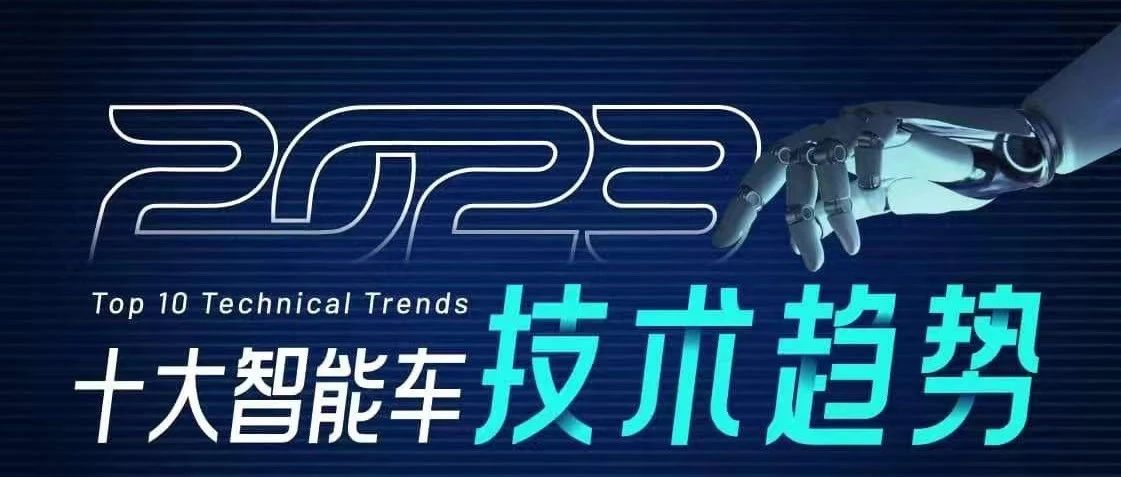<video controls class="w-full" preload="metadata" poster="https://42how-com.oss-cn-beijing.aliyuncs.com/article/image_20230109143231.png">
<source src="https://upload.42how.com/temp/video_1673245359509.mp4">
</video>
In early 2023, we collaborated with Garage 42 on a topic: what are the interesting intelligent car technology trends we can anticipate this year? Together, we picked the top 10 intelligent car technology trends to see if these high-tech features could be found in new cars this year, and the changes these features will bring to regular consumers.
Low-Cost LiDARs for Blind Spots
Is LiDAR a necessary equipment for self-driving or is it just an embellishment for luxury cars?
As 2022 was regarded as the “Year of LiDAR,” in 2023, LiDAR will gradually prove its worth. With the requirement for urban assisted driving, LiDAR has replaced the millimeter-wave radar which was placed on car corners. The use of this new tool brings more possibilities for eliminating perception blind spots. We see more and more automakers, especially luxury car manufacturers, not only install front-facing LiDAR for their new cars but also install LiDARs to eliminate blind spots on car corners. They’re really going all-in.
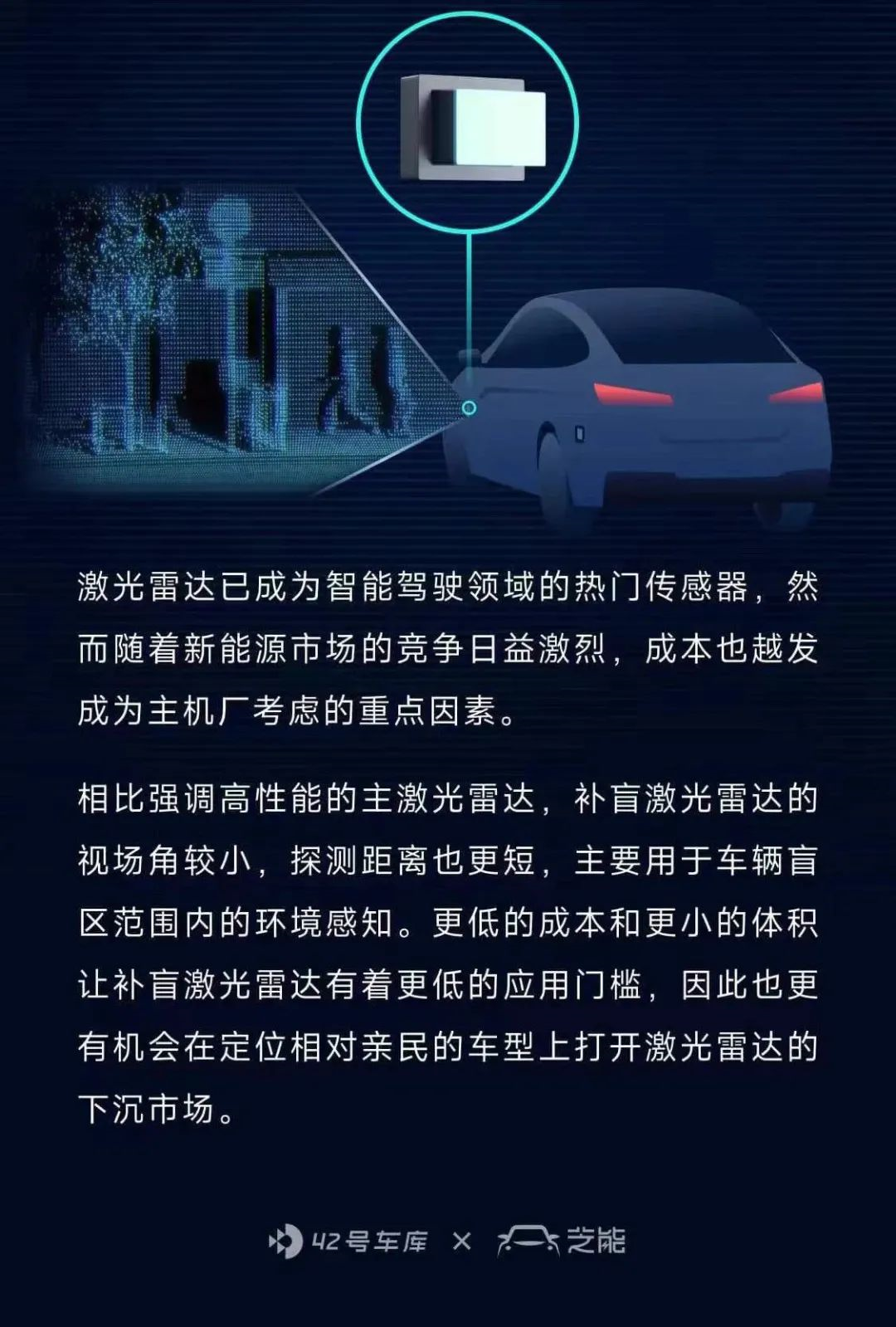
High-Resolution Millimeter-Wave Radar
In addition to LiDAR, the development of the relatively mature sensing hardware, millimeter-wave radar, has not stopped. Traditional millimeter-wave radar has the ability to detect distance, horizontal angle, and speed simultaneously, and is called 3D millimeter-wave radar or 4D imaging radar. With the addition of height information with pitch angle and higher resolution, the 4D imaging radar can distinguish targets between motor cars, non-motor vehicles, and pedestrians, etc.Compared with sensors such as LiDAR and cameras, millimeter-wave radar can still operate even in harsh environments such as rain, snow, and dust, and its cost is not in the same level as LiDAR, so it is gradually being installed on more and more new cars. It is estimated that the market size of millimeter-wave radar for cars in China is expected to break through 20 billion yuan by 2023.
At this year’s CES, 4D imaging millimeter-wave radar was very popular, and chip companies such as NXP, TI, and Mobileye successively launched or updated their radar solutions. Millimeter-wave radar system manufacturers (Arbe, Zadar Labs, Smartmicro, etc.) also brought new products. In Mobileye’s plan, by 2025, consumer-grade autonomous driving vehicle solutions only need a forward-looking LiDAR and a 360° millimeter-wave radar wrapped around the entire vehicle.
It is hard to say when the battle between LiDAR and millimeter-wave radar will be decided.
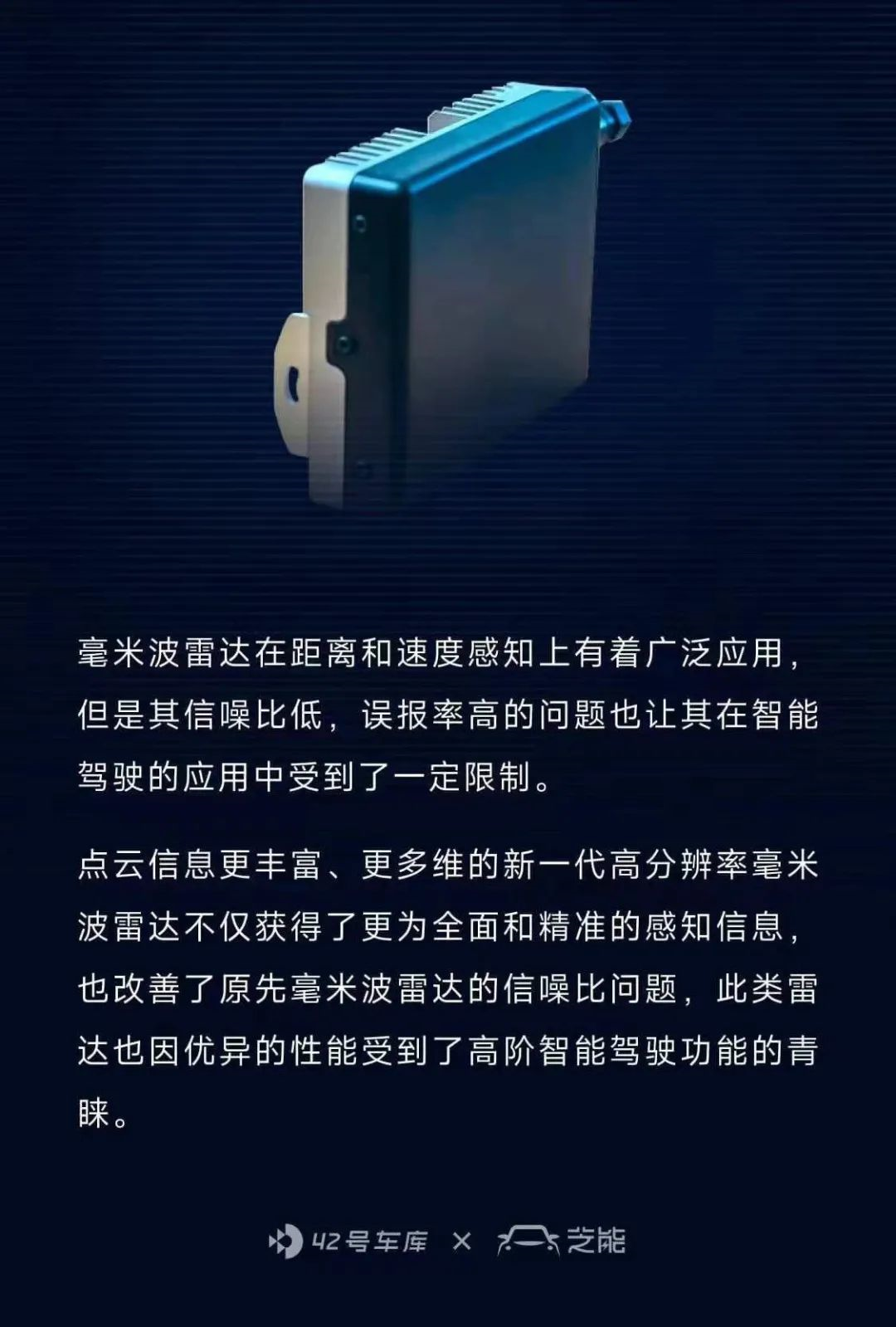
City-level Navigation-assisted Driving at 2:30
In 2022, autonomous driving has been struggling, facing not only lack of breakthroughs in technology but also funding problems. Despite the difficulties, L2 level autonomous driving technology is still advancing. In September last year, Momentum announced that its third-generation HPilot3.0 intelligent driving system would be the first mass-produced city-level navigation-assisted driving system in China. Following this, XPeng also announced that its NGP intelligent navigation-assisted driving in cities had begun trial operation. In September, the Great Wall Alpha S HI version in Shenzhen was the first to fully promote the NCA (urban intelligent driving navigation assistance) in the city, grabbing the title of “the first city-level assisted driving.”
Although city-level assisted driving is still a long way from truly mature technology, it means that under supervision, drivers can use navigation-assisted driving in cities to drive to their front door, which is still worth looking forward to.
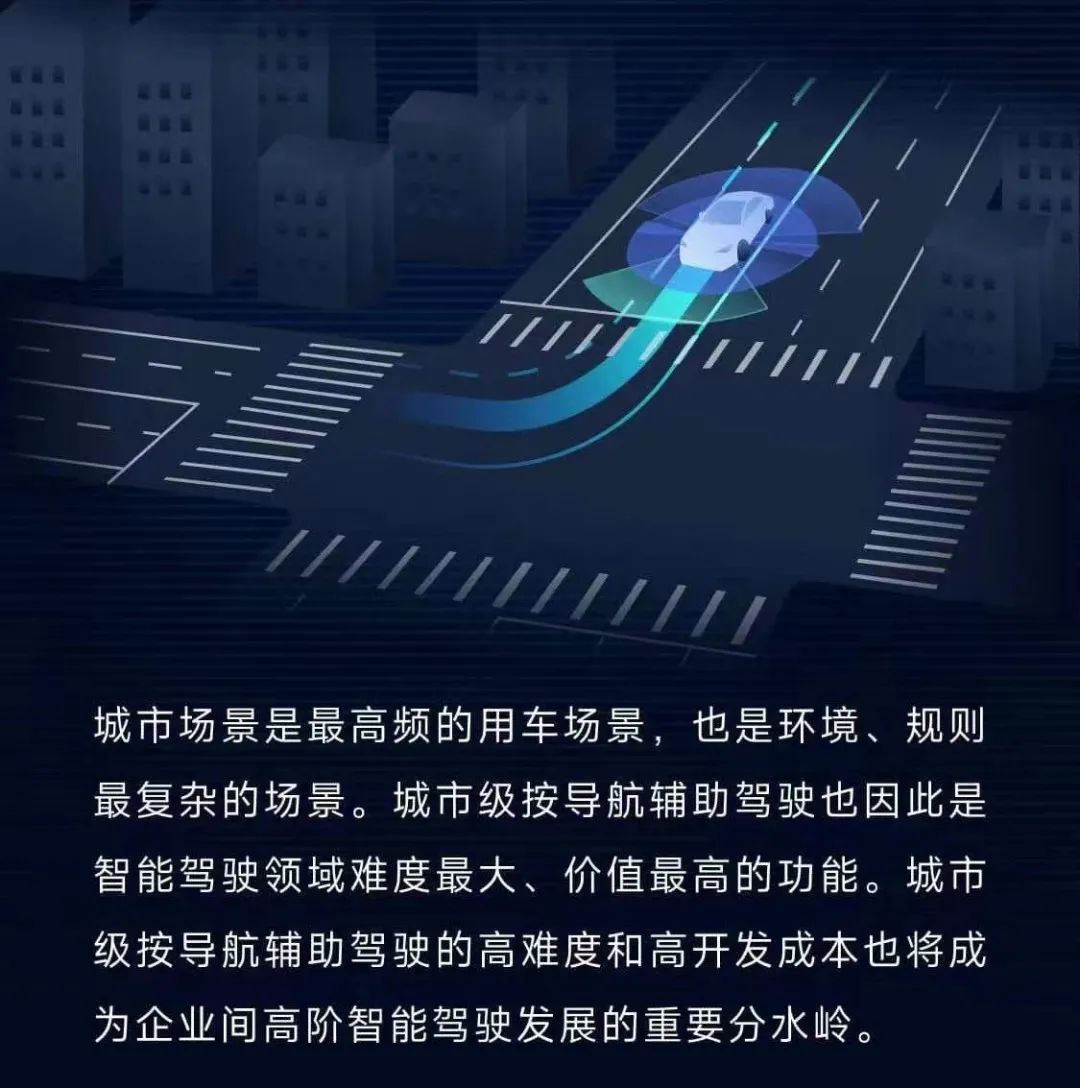
4C High Magnification BatteryIn the previous issue of battery events, we mentioned that last year, 8 new batteries were released by battery companies, 7 of which support fast charging. Fast charging is clearly a promising direction for the future. With the vigorous development of new energy vehicles in China, range anxiety is being replaced by anxiety about charging. At present, charging time is too long and is the most criticized aspect of new energy vehicles. Naturally, electric vehicle manufacturers are actively working to solve this problem. The goal of fast charging now is to allow car owners to complete charging in the time it takes to drink a cup of coffee. The popularization of this technology will undoubtedly further promote the popularity of electric vehicles.
The fast-charging batteries that will be mainly mass-produced in 2022 are 2C batteries, meaning they can be charged twice as fast, taking only half an hour to charge completely instead of the previous one hour. With the help of advanced thermal management systems, 3C and 4C batteries will gradually appear in 2023. As the upper limit for charging most electric cars is usually set at 90%, the time it takes to drink a cup of coffee will also gradually shorten to about 10 minutes. When choosing an electric car in the future, everyone can pay attention to this indicator.
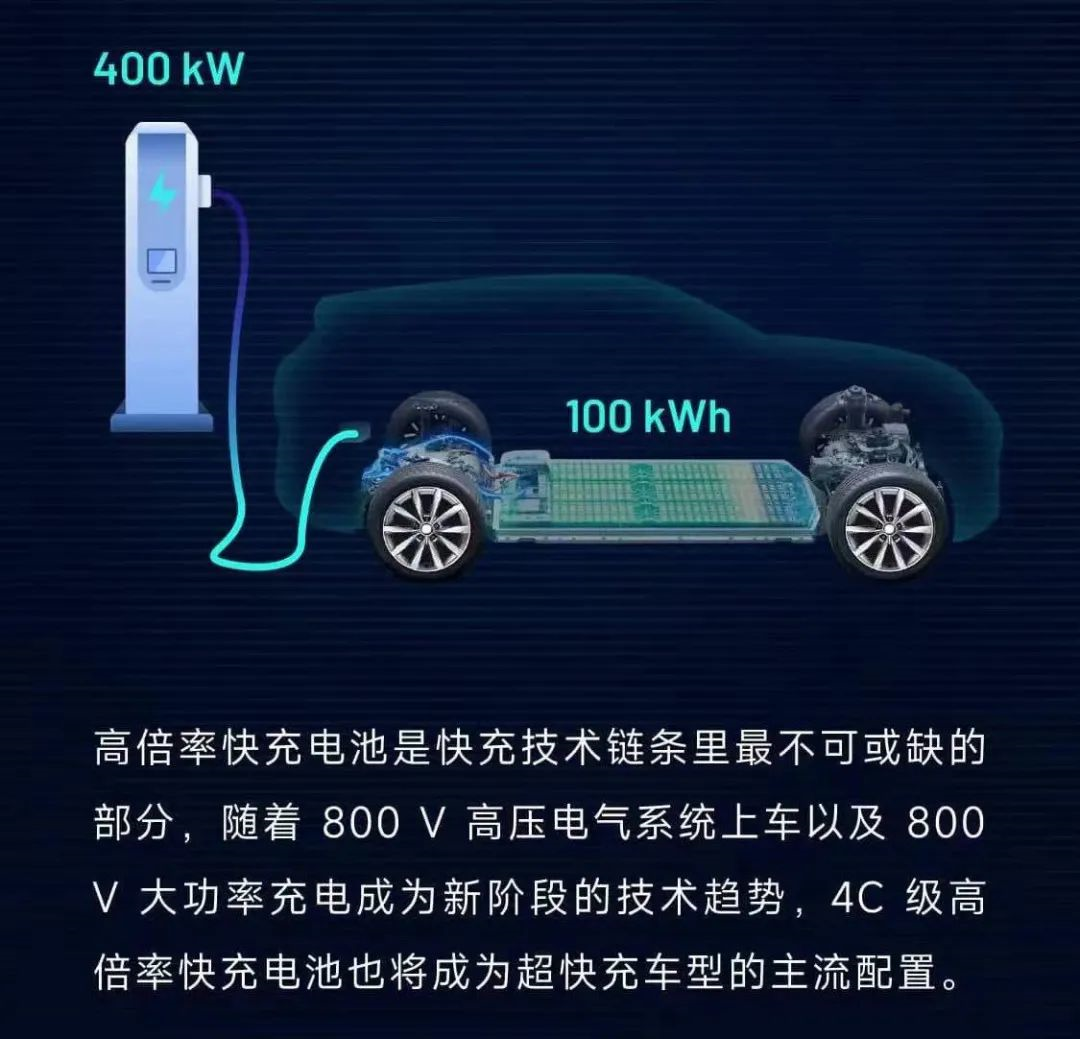
Combined Charging and Energy Storage Stations
If high-rate, ultra-fast-charging batteries are the future of electric vehicles, then combined charging and energy storage stations are the future of ultra-fast-charging batteries. The problem that fast charging needs to solve is not only with the battery but also with power distribution upgrades. Fast charging has a significant impact on the power grid. For example, ten 100-200 kW DC charging piles require a rated 1 MW substation. Power grid renovation requires approval. Even if the approval process goes smoothly, reliance solely on fast charging piles to solve the problem puts tremendous pressure on the national power distribution network, and the total investment required will be on the order of tens of trillions of yuan.
Integrated charging and energy storage stations combine the functions of electric vehicle charging stations, battery replacement stations, and battery energy storage stations, which can not only be used as electricity loads in regional power grids but also as distributed power sources supplying electricity to the power grid. The development of pure electric vehicles cannot be achieved without the strong support of the national power grid.
 ### Intelligent Capacitance Allocation Technology
### Intelligent Capacitance Allocation Technology
When it comes to the power grid, there is a technology that ordinary consumers may not pay much attention to but actually affects everyone’s lives. With more and more electric vehicle owners, the distribution power of residential communities and fast charging stations becomes insufficient. Previously, considerations of redundancy and transformer design left ample margins. However, with growing charging demands, the intelligent transformation of the distribution system has become a necessity.
The main areas of improvement are:
◎ Coordinating the power distribution on the AC side of the charging system
◎ Coordinating the charging needs of the vehicle, which may even have a bid mechanism in the future
Of course, the intelligent distribution network and power allocation technology have become a necessity for the charging network, and every parking spot can be installed with a charging pile in the future.
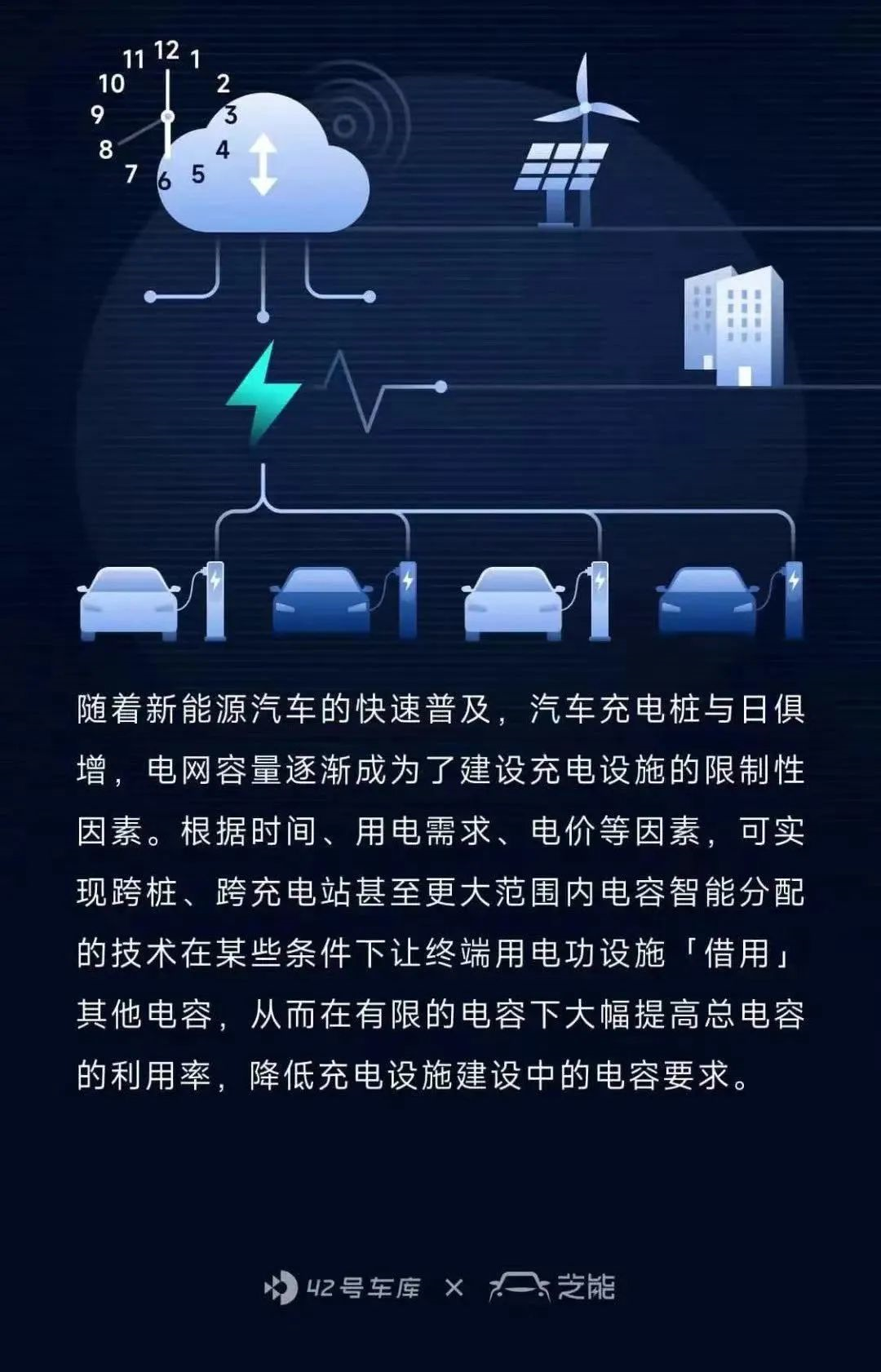
High-Voltage High-Power Electric Drive System
With the popularization of silicon carbide, the electric drive system has been upgraded from 150 kW to 300 kW by optimizing the motor and inverter in the same volume. It is already a trend in new cars. We generally call such high-performance powertrains with 800V and over 250 kW as high-voltage high-power electric drive systems. This system not only has high peak power but also supports a maximum speed of 200-260 km/h, providing stronger power for startup acceleration, climbing, and better torque response, offering better push feeling in the process of startup acceleration and overtaking. Once this technology becomes popular, it will be common for household cars to break 3 seconds per hundred kilometers, and everyone can drive a “supercar”.

On-Wheel Electric Drive System
Of course, high-voltage and high-power alone do not make a “supercar.” Distributed drive technology has been a popular electric drive technology in recent years, especially in the high-end car market. The distributed drive mainly includes wheel hub motors and on-wheel drive systems, which are more concentrated and refined than traditional central drive systems.
Wheel hub motors (the motor is installed in the hub) are still in the early stages of mass production, while on-wheel motors are installed at the edge of each wheel and serve as a transition to the wheel hub motor. The on-wheel motor uses an axial motor to drive four wheels and can be driven by independent motors, allowing each wheel to have freedom in rotation speed and direction. This technology’s first application can be seen in BYD’s Yuanwang. By turning the wheels on the left and right sides in opposite directions, it is possible to make a U-turn in place, which is a blessing for many new drivers.
Sodium Ion Battery
As the price of lithium resources needed for power batteries rises, people have turned their attention to an alternative to lithium-ion batteries, namely sodium-ion batteries. At the end of last year, CATL and Contemporary Amperex Technology expressed that sodium-ion batteries could generally meet the endurance requirements of small cars. Because the chemical properties of sodium ions are very similar to those of lithium-ion batteries, sodium-ion batteries have the potential to replace lithium-ion batteries in mass production. However, in terms of manufacturing, the mature process of sodium-ion batteries, product quality stability, and yield still need time to be further improved. In comparison to lithium-ion batteries, it will take 7 or 8 years for sodium-ion batteries to achieve large-scale production. The biggest highlight of this year is whether or not Ningde Times can make two generations of sodium-ion batteries.
Currently, at least three problems need to be solved for the mass production of sodium-ion batteries: upstream material supply, production processes, and verification tests of sodium-ion batteries. We look forward to seeing sodium-ion battery products landing in energy storage and two-wheeled vehicles in 2023, and gradually expanding to commercial vehicles and passenger cars.

Yoke Steering Wheel
In June of this year, the Tesla Model S Plaid, which is now in mass production, was delivered with a brand new yoke-type steering wheel, completely overturning the design of traditional steering wheels. The buttons and levers on the steering wheel have been eliminated, and all functions, including turn signals and horns, are completed through touch; shifting is done by clicking the screen.
Tesla has not yet overcome the criticism of the single-pedal design, but it is once again challenging the traditional steering wheel. While most car manufacturers’ concept cars are usually in the “concept” stage, Tesla is like a commander in the auto industry, directly forcing the public to accept their bold and advanced concepts.
There are always users who like the commander’s style.
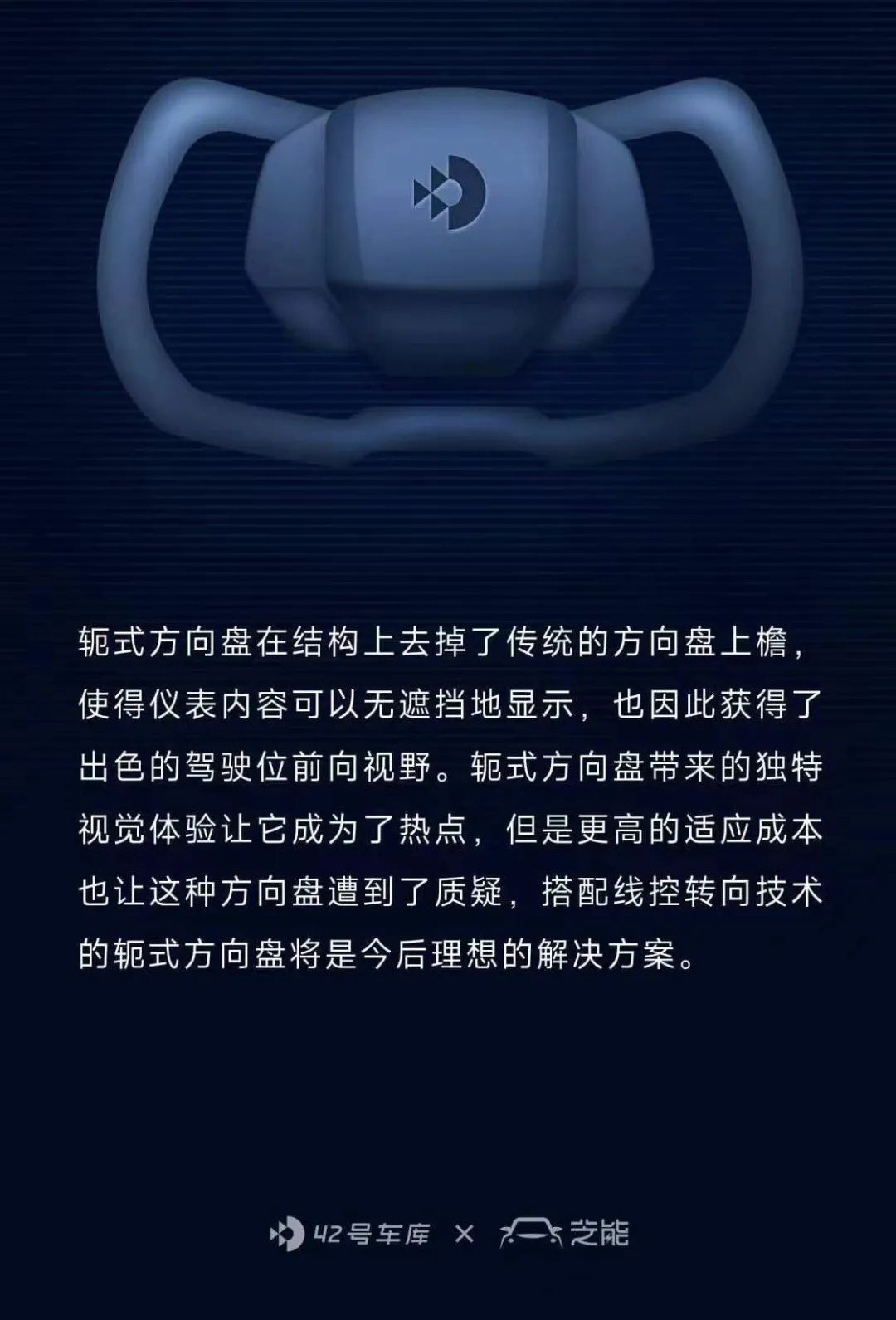 The automotive industry has entered into the red sea of competition, and each car manufacturer is striving to arm their products with advanced technology. Therefore, we have compiled a list of 10 technologies worth looking forward to in 2023. Do you want to know which technology is your favorite?
The automotive industry has entered into the red sea of competition, and each car manufacturer is striving to arm their products with advanced technology. Therefore, we have compiled a list of 10 technologies worth looking forward to in 2023. Do you want to know which technology is your favorite?
This article is a translation by ChatGPT of a Chinese report from 42HOW. If you have any questions about it, please email bd@42how.com.
